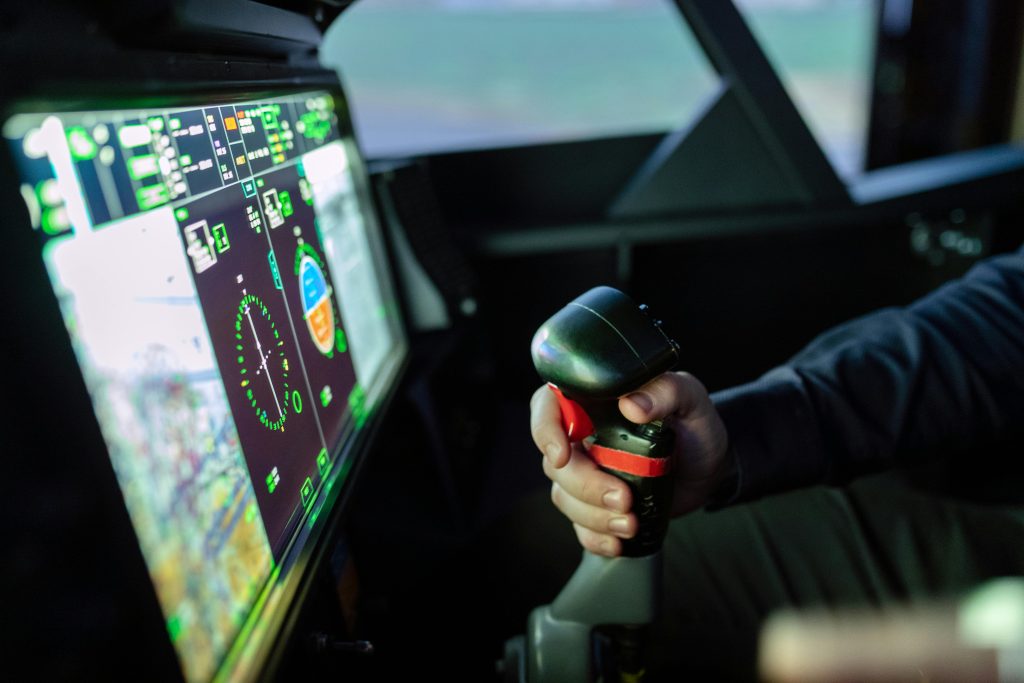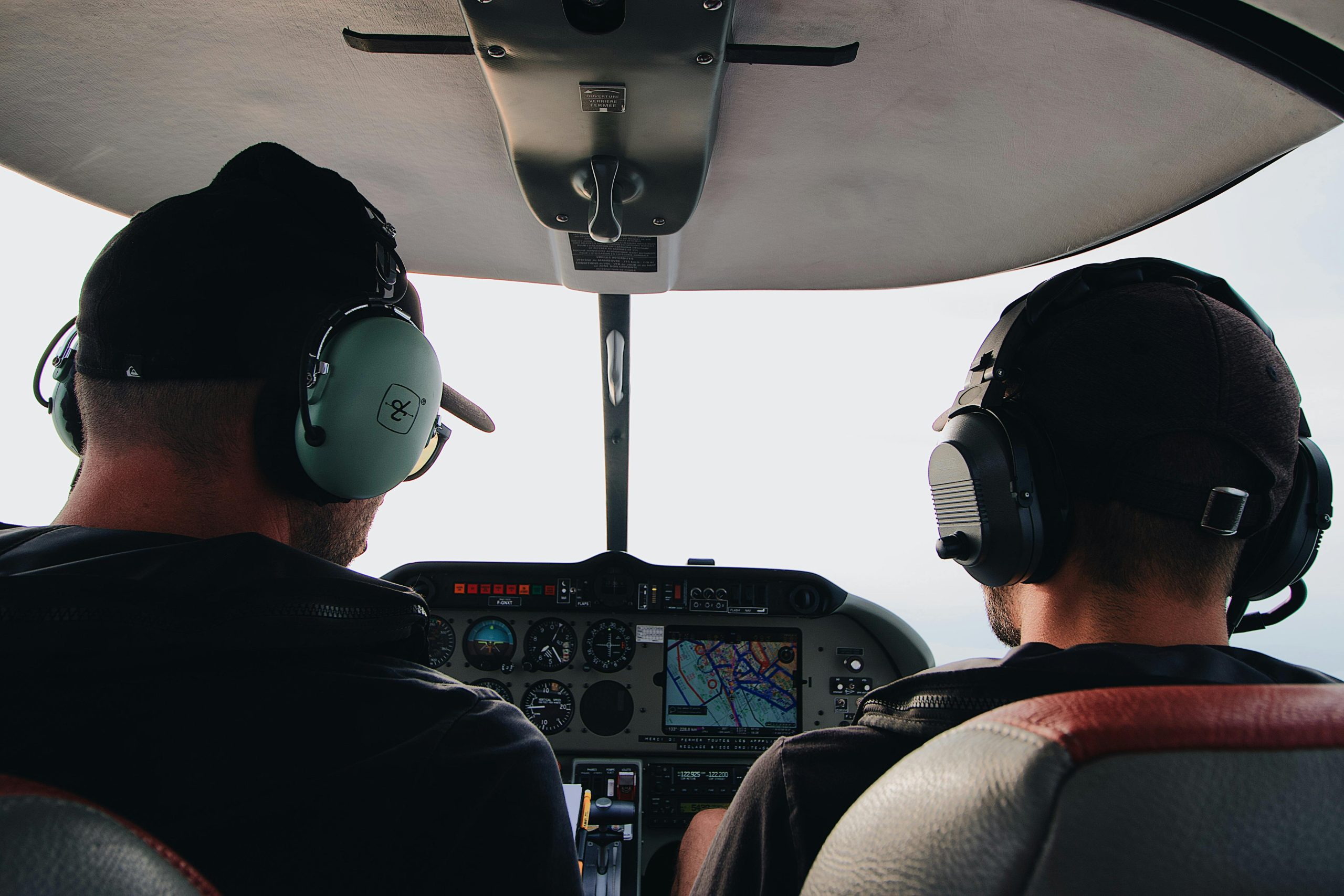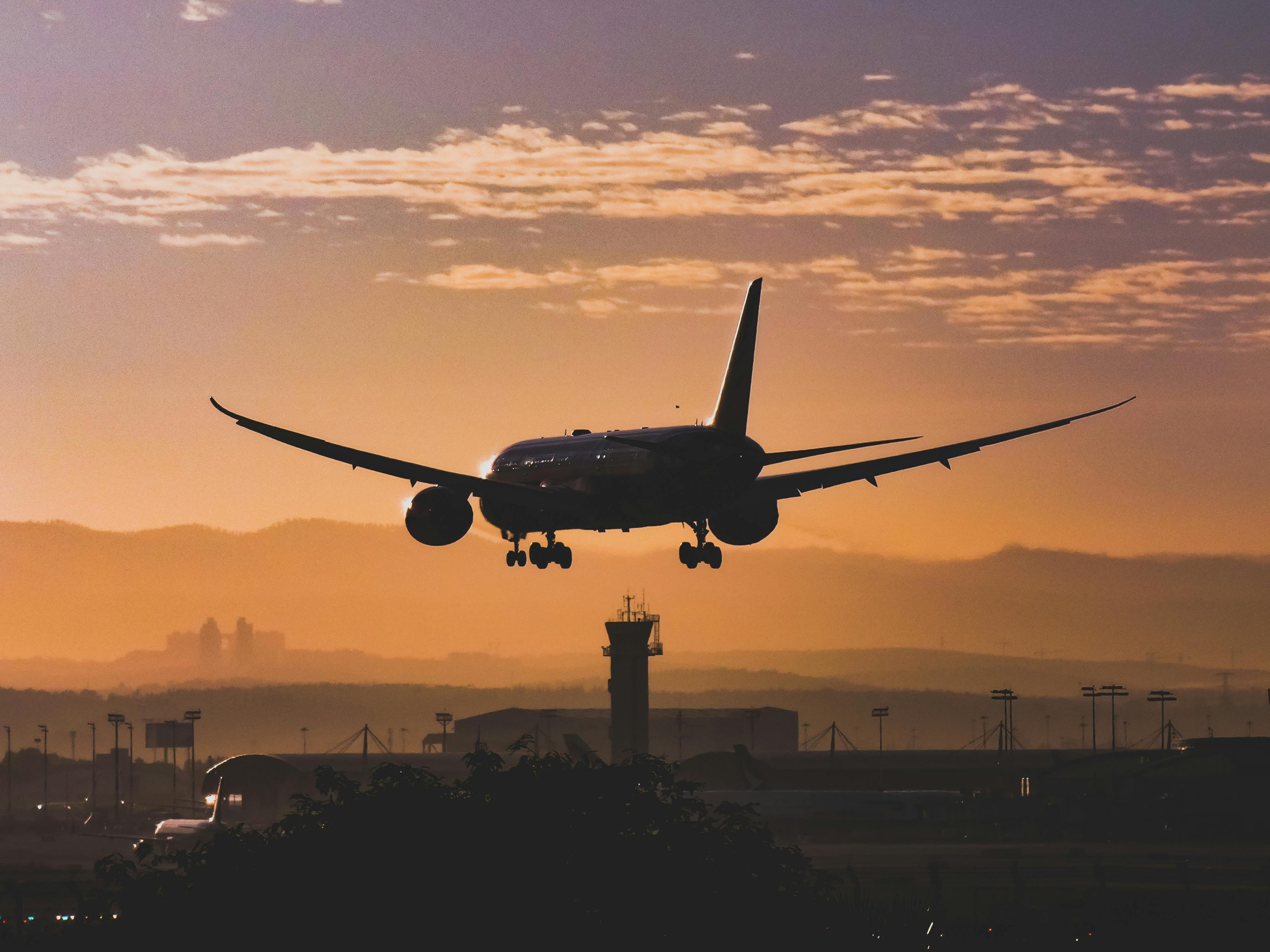How to Become a Pilot in 2025
Becoming a pilot is a challenging but rewarding career that requires a combination of education, training, and experience. Here are some steps to follow to become a pilot:
Types of Pilots
There are several types of pilots, depending on the type of aircraft they fly and the specific duties they perform. Here are some common types of pilots:
- Commercial pilots: Commercial pilots are pilots who are paid to transport passengers or cargo on a commercial basis. They may work for an airline, charter company, or other aviation business.
- Airline pilots: Airline pilots are pilots who work for an airline and are responsible for transporting passengers and cargo on a scheduled basis. They typically fly larger aircraft, such as commercial jets or turboprops.
- Private pilots: Private pilots are pilots who fly for personal or recreational purposes, rather than for commercial purposes. They may own their own aircraft or rent one from a flight school or rental company.
- Military pilots: Military pilots are pilots who are trained and employed by a military organization. They may fly a variety of aircraft, including fighter jets, transport planes, and helicopter.
- Agricultural pilots: Agricultural pilots are pilots who fly aircraft equipped with specialized equipment to spray crops or perform other agricultural tasks.
- Test pilots: Test pilots are pilots who are responsible for testing and evaluating new or modified aircraft. They may work for an aircraft manufacturer, military organization, or other aviation company.
For more information on the different types of pilots, you can refer to the following resources:
- Federal Aviation Administration (FAA): https://www.faa.gov/pilots/become/
- Aviation Careers: https://www.aviationcareers.com/career-paths/pilot/
- International Civil Aviation Organization (ICAO): https://www.icao.int/Pages/default.aspx
Summary
- Obtain a high school diploma or equivalent: Most pilot training programs and airlines require applicants to have a high school diploma or equivalent.
- Meet medical and physical requirements: Pilots must meet certain medical and physical requirements, including good vision, hearing, and physical coordination. They also need to be able to pass a physical exam and obtain a medical certificate from an aviation medical examiner.
- Enroll in a pilot training program: There are several types of pilot training programs available, including flight schools, aviation colleges, and military pilot training programs. These programs typically include both ground school (theoretical training) and flight training (practical training).
- Obtain a pilot’s license: In order to become a pilot, you’ll need to obtain a pilot’s license from the Federal Aviation Administration (FAA) or a similar aviation authority. This involves passing written exams, oral exams, and flight tests to demonstrate your knowledge and skills.
- Gain flight experience: Most pilots start their careers by working for smaller airlines or as private pilots, and then work their way up to larger airlines as they gain more experience. Pilots also need to accumulate a certain number of flight hours in order to qualify for different types of pilot licenses and ratings.
- Stay current and maintain your pilot’s license: Pilots need to maintain their pilot’s license by completing regular training and flight reviews, as well as keeping up with new developments in aviation. They also need to meet any requirements for continuing education or recertification.
We will explain this below in some detail.
Education
To become a pilot, you typically need to have at least a high school diploma or equivalent. Most pilot training programs and airlines require applicants to have a high school diploma or equivalent as a minimum education requirement.
In terms of specific subjects, there are no specific high school subjects that are required to become a pilot. However, certain subjects may be beneficial for aspiring pilots, such as math, science, and English. These subjects can help you develop the knowledge and skills needed to succeed in pilot training and pass the required exams.
It’s worth noting that pilot training programs and airlines may have other educational requirements in addition to a high school diploma. For example, some programs may require applicants to have a certain grade point average or to have completed certain college-level courses.
For more information on the education and training requirements for becoming a pilot, you can refer to the following resources:
- Federal Aviation Administration (FAA): https://www.faa.gov/pilots/become/
- Aviation Careers: https://www.aviationcareers.com/career-paths/pilot/
- International Civil Aviation Organization (ICAO): https://www.icao.int/Pages/default.aspx
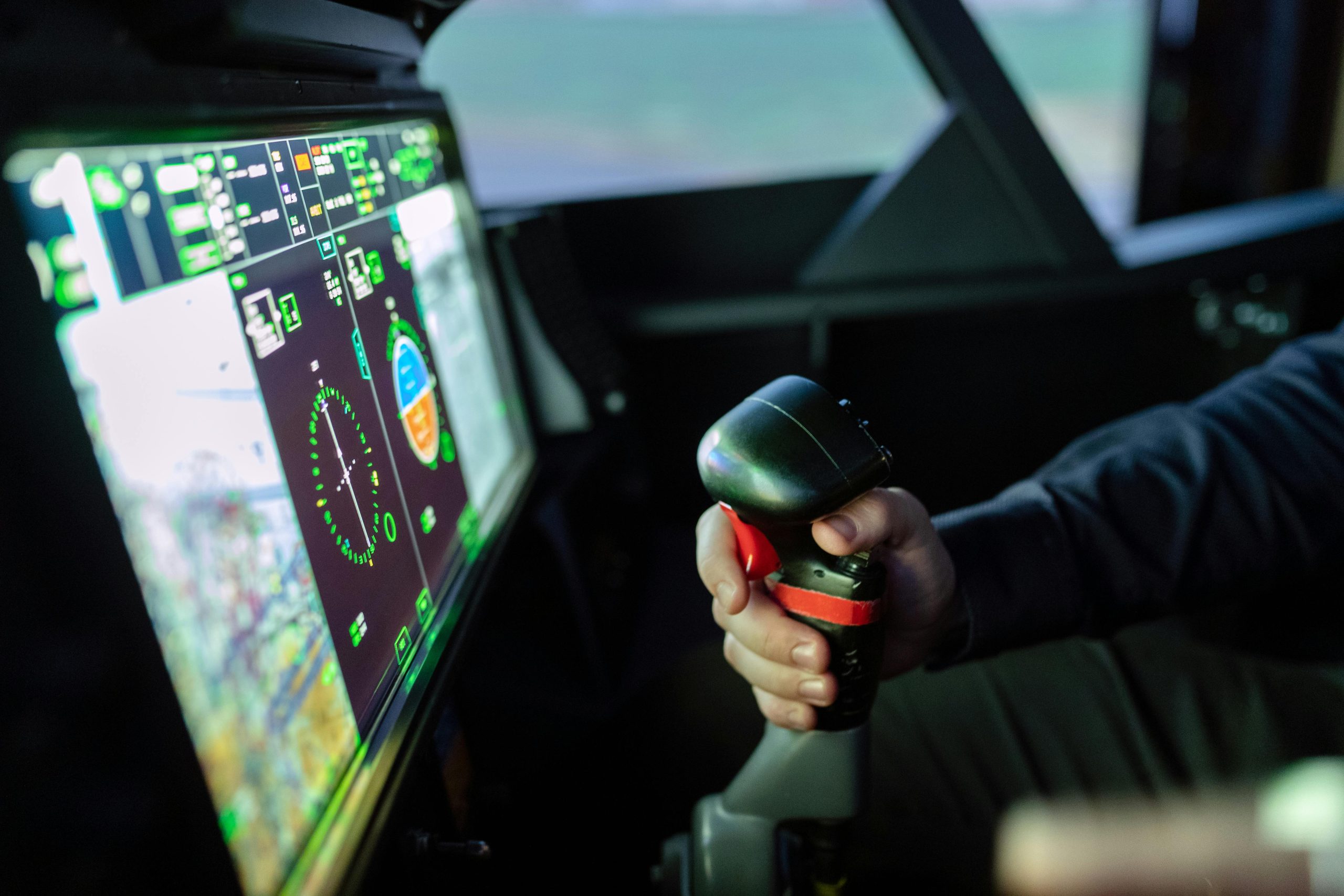
Medical and Physical Requirements
To become a pilot, you’ll need to meet certain medical and physical requirements to ensure that you are fit to fly. These requirements are set by the Federal Aviation Administration (FAA) and other aviation authorities, and are designed to ensure the safety of pilots and passengers.
Here are some common medical and physical requirements for pilots:
- Good vision: Pilots must have good vision, with or without correction, in order to be able to see clearly while flying. They may need to meet specific visual acuity and field of vision requirements.
- Good hearing: Pilots must have good hearing in order to be able to communicate effectively with air traffic controllers and other personnel. They may need to meet specific hearing requirements.
- Good physical coordination: Pilots must have good physical coordination and manual dexterity in order to operate the controls of an aircraft safely.
- Physical exam and medical certificate: Pilots must pass a physical exam and obtain a medical certificate from an aviation medical examiner to ensure that they meet the necessary medical and physical standards. This typically includes a review of the pilot’s medical history, a physical examination, and any necessary tests or screenings.
For more information on the medical and physical requirements for becoming a pilot, you can refer to the following resources:
- Federal Aviation Administration (FAA): https://www.faa.gov/pilots/become/medical_certification/
- Aviation Careers: https://www.aviationcareers.com/career-paths/pilot/medical-requirements/
- International Civil Aviation Organization (ICAO): https://www.icao.int/Pages/default.aspx
Pilot training programs
There are several types of pilot training programs available, depending on your goals, budget, and availability. Here are some common types of pilot training programs:
- Flight schools: Flight schools are private institutions that offer pilot training programs. These programs typically include both ground school (theoretical training) and flight training (practical training). Flight schools may offer a variety of pilot training programs, including private pilot, commercial pilot, and airline transport pilot programs.
- Aviation colleges: Aviation colleges are institutions of higher education that offer aviation-related degree programs, including pilot training programs. These programs typically include both ground school and flight training, and may also include coursework in subjects such as aviation management, aviation technology, and aviation safety.
- Military pilot training programs: Military organizations, such as the U.S. Air Force, Navy, and Army, offer pilot training programs for individuals interested in becoming military pilots. These programs are highly competitive and typically require a college degree, as well as a commitment to serve in the military for a certain period of time.
For more information on pilot training programs, you can refer to the following resources:
- Federal Aviation Administration (FAA): https://www.faa.gov/pilots/become/training/
- Aviation Careers: https://www.aviationcareers.com/career-paths/pilot/training/
- International Civil Aviation Organization (ICAO): https://www.icao.int/Pages/default.aspx
Different Pilot Licences
There are several types of pilot licenses, depending on the type of aircraft you want to fly and the specific duties you’ll be performing. Here are some common types of pilot licenses and their requirements:
- Private pilot license: A private pilot license allows you to fly for personal or recreational purposes. To obtain a private pilot license, you’ll need to be at least 17 years old and meet the medical and physical requirements for pilots. You’ll also need to complete a private pilot training program and pass written exams, oral exams, and flight tests.
- Commercial pilot license: A commercial pilot license allows you to be paid to fly aircraft for commercial purposes, such as transporting passengers or cargo. To obtain a commercial pilot license, you’ll need to be at least 18 years old and meet the medical and physical requirements for pilots. You’ll also need to complete a commercial pilot training program and pass written exams, oral exams, and flight tests.
- Airline transport pilot license: An airline transport pilot license (ATP) is the highest level of pilot license and allows you to be a pilot-in-command of an airline. To obtain an ATP, you’ll need to be at least 23 years old and meet the medical and physical requirements for pilots. You’ll also need to have a certain amount of flight experience and pass written exams, oral exams, and flight tests.
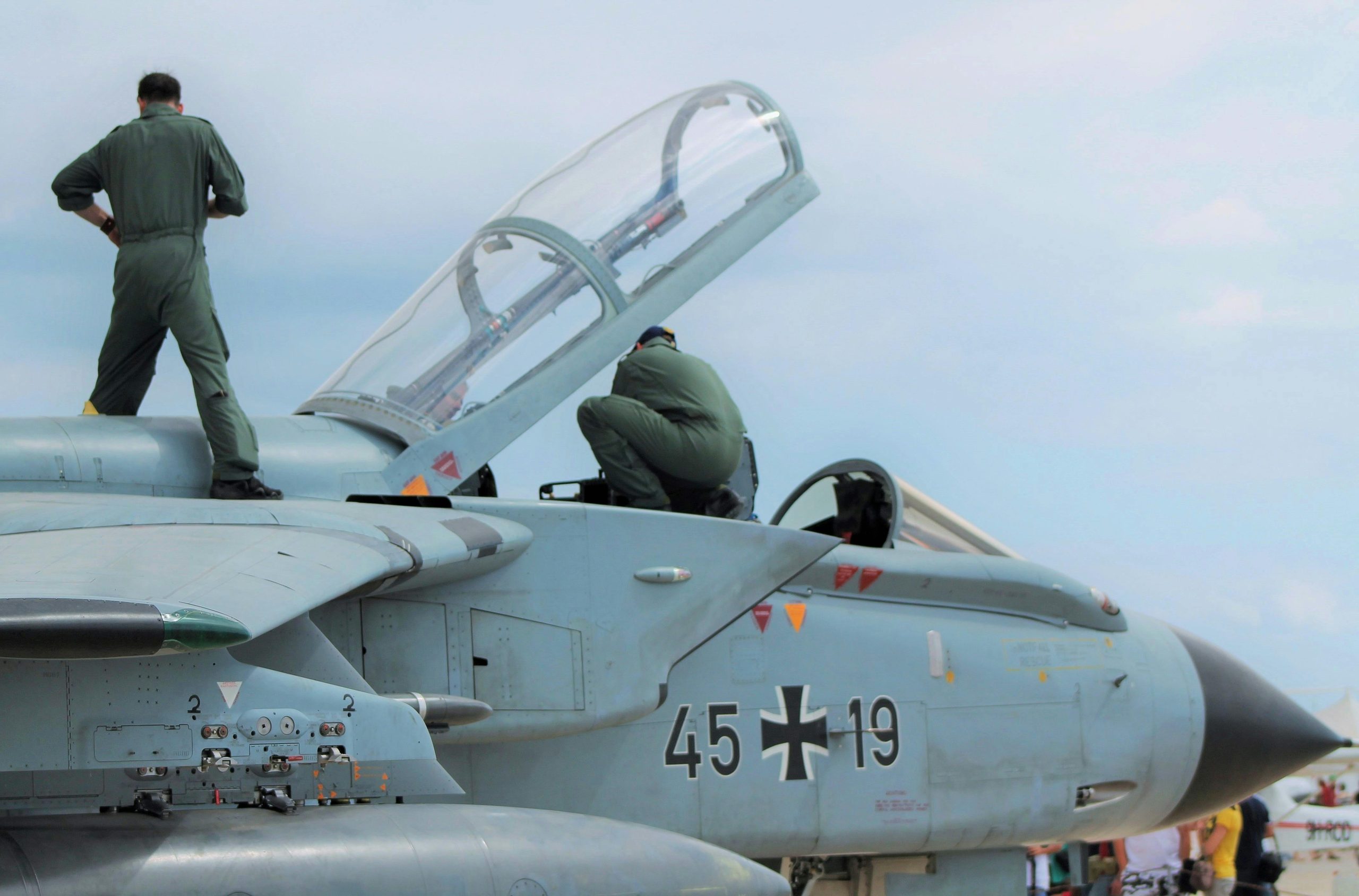
For more information on the different types of pilot licenses and their requirements, you can refer to the following resources:
- Federal Aviation Administration (FAA): https://www.faa.gov/pilots/become/
- Aviation Careers: https://www.aviationcareers.com/career-paths/pilot/
- International Civil Aviation Organization (ICAO): https://www.icao.int/Pages/default.aspx
To obtain a pilot’s license, you’ll need to complete a pilot training program and pass written exams, oral exams, and flight tests to demonstrate your knowledge and skills. There are different types of pilot licenses, depending on the type of aircraft you want to fly and the specific duties you’ll be performing.
Here is a general overview of the process for obtaining a pilot’s license:
- Enroll in a pilot training program: There are several types of pilot training programs available, including flight schools, aviation colleges, and military pilot training programs. These programs typically include both ground school (theoretical training) and flight training (practical training).
- Meet the requirements for a student pilot certificate: To obtain a student pilot certificate, you’ll need to be at least 16 years old and be able to read, write, and speak English. You’ll also need to pass a pre-solo written exam and meet the medical and physical requirements for pilots.
- Pass the required written exams: To obtain a pilot’s license, you’ll need to pass written exams on subjects such as aviation regulations, aircraft systems, meteorology, and navigation. These exams are typically administered by the Federal Aviation Administration (FAA) or a similar aviation authority.
- Pass the required oral exams and flight tests: After passing the written exams, you’ll need to pass oral exams and flight tests to demonstrate your knowledge and skills. These exams may be administered by an FAA-designated pilot examiner or by a flight instructor.
- Obtain a pilot’s license: Once you’ve completed the required training and passed the exams and tests, you’ll be eligible to obtain a pilot’s license. This typically involves submitting an application to the FAA or a similar aviation authority and paying any necessary fees.
For more information on the process for obtaining a pilot’s license, you can refer to the following resources:
- Federal Aviation Administration (FAA): https://www.faa.gov/pilots/become/
- Aviation Careers: https://www.aviationcareers.com/career-paths/pilot/
- International Civil Aviation Organization (ICAO): https://www.icao.int/Pages/default.aspx
Flight experience
The flight experience required for different pilot licenses varies, depending on the type of license and the specific duties you’ll be performing. Here are some general guidelines for the flight experience requirements for different pilot licenses:
- Private pilot license: To obtain a private pilot license, you’ll need to complete a minimum of 40 hours of flight time, including at least 20 hours of solo flight time.
- Commercial pilot license: To obtain a commercial pilot license, you’ll need to complete a minimum of 250 hours of flight time, including at least 100 hours of solo flight time and 50 hours of cross-country flight time.
- Airline transport pilot license: To obtain an airline transport pilot license (ATP), you’ll need to complete a minimum of 1,500 hours of flight time, including at least 500 hours of cross-country flight time and 100 hours of night flight time.
It’s worth noting that these are minimum requirements, and some pilot training programs and airlines may have higher flight experience requirements.
As far as flight experience requirements for airlines, it typically varies depending on the specific airline and the type of aircraft you’ll be flying. Most major airlines typically require applicants to have a certain amount of flight experience, such as a minimum of 1,500 hours of flight time for an ATP. Some airlines may also require applicants to have a certain type of flight experience, such as experience flying a specific type of aircraft or experience flying in certain types of weather conditions.
For more information on the flight experience requirements for different pilot licenses, you can refer to the following resources:
- Federal Aviation Administration (FAA): https://www.faa.gov/pilots/become/
- Aviation Careers: https://www.aviationcareers.com/career-paths/pilot/
- International Civil Aviation Organization (ICAO): https://www.icao.int/Pages/default.aspx
Pilot Currency Requirements
Pilot currency refers to a pilot’s current level of proficiency and readiness to fly. To maintain pilot currency, pilots must complete regular training and flight reviews to ensure that they are competent and capable of flying safely.
Pilot currency requirements vary depending on the type of pilot license and the specific duties the pilot will be performing. Here are some general guidelines for pilot currency requirements:
- Private pilots: Private pilots are required to complete a flight review (also known as a “biennial flight review”) every two years to maintain their pilot currency. The flight review must be conducted by a flight instructor and must include both ground and flight training.
- Commercial pilots: Commercial pilots are required to complete a flight review (also known as a “proficiency check”) every six months to maintain their pilot currency. The flight review must be conducted by a flight instructor and must include both ground and flight training.
- Airline pilots: Airline pilots are required to complete a flight review (also known as a “line check”) every six months to maintain their pilot currency. The flight review must be conducted by a company check pilot and must include both ground and flight training.
It’s worth noting that these are general guidelines, and specific pilot currency requirements may vary depending on the regulations of the aviation authority that issued the pilot’s license and the policies of the airline or other employer.
For more information on pilot currency requirements, you can refer to the following resources:
- Federal Aviation Administration (FAA): https://www.faa.gov/pilots/become/currency/
- Aviation Careers: https://www.aviationcareers.com/career-paths/pilot/currency-requirements/
- International Civil Aviation Organization (ICAO): https://www.icao.int/Pages/default.
It’s worth noting that becoming a pilot requires a significant investment of time, money, and effort. It can be a challenging and competitive field, but for those who are dedicated and passionate about flying, it can be a fulfilling and rewarding career.
Some Flight schools
Here are some good flying schools in Europe, the United Kingdom, and the United States that offer commercial pilot training programs, along with links to their websites:
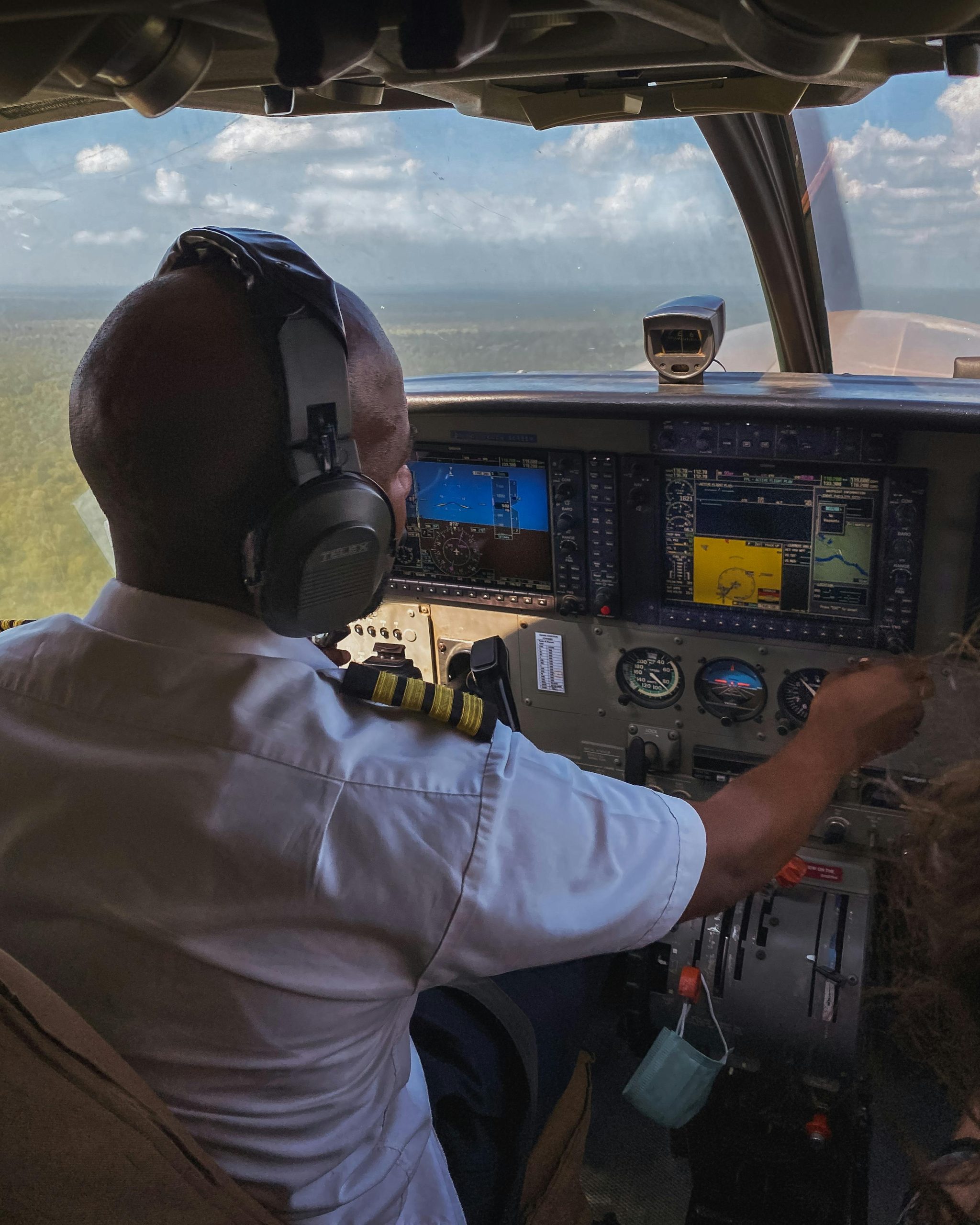
Europe:
- Lufthansa Aviation Training (Germany): https://www.lat-academy.com/
- Aeros School of Aviation (Czech Republic): https://www.aerosschool.com/
- Air France Cadet Pilot Training (France): https://www.airfrance.fr/en/job/air-france-cadet-pilot-training.html
- CTC Aviation (United Kingdom): https://www.ctcaviation.com/
- FTEJerez (Spain): https://www.ftejerez.com/en
- Toulouse Aviation Academy (France): https://www.toulouse-aviation-academy.com/en/
- Skydive Empuriabrava (Spain): https://www.skydiveempuriabrava.com/en/skydive-academy/
- Eurocockpit (Belgium): https://www.eurocockpit.be/en
- Aeronauticum (Germany): https://www.aeronauticum.de/en/
- Oxford Aviation Academy (United Kingdom): https://www.oxfordaviationacademy.com/
United Kingdom:
- CTC Aviation (United Kingdom): https://www.ctcaviation.com/
- Oxford Aviation Academy (United Kingdom): https://www.oxfordaviationacademy.com/
- CAE Oxford Aviation Academy (United Kingdom): https://www.cae.com/en/training/pilot-training/united-kingdom
- BAA Training (United Kingdom): https://www.baatraining.com/en/
- Flybe Flight Training (United Kingdom): https://www.flybe.com/flight-training/
- Virgin Atlantic Airways (United Kingdom): https://www.virginatlantic.com/gb/en/flying-club/cadet-pilot-programme.html
- L3Harris Airline Academy (United Kingdom): https://www.l3harrisairlineacademy.com/
- Airline Pilot Academy (United Kingdom): https://www.airlinepilotacademy.co.uk/
- Aspen Flying Club (United Kingdom): https://www.aspenflyingclub.co.uk/
- Elite Aviation Academy (United Kingdom): https://www.elite-aviation-academy.com/
United States:
- Embry-Riddle Aeronautical University (Florida): https://www.erau.edu/
- ATP Flight School (Florida): https://www.atpflightschool.com/
- Southern California Aviation (California): https://www.socalaviation.com/
- Western Michigan University College of Aviation (Michigan): https://www.wmich.edu/aviation/
- Flight Safety International (Various locations): https://www.flightsafety.com/
- American Flyers (Various locations): https://www.americanflyers.net/
- Delta Connection Academy (Various locations): https://www.deltaconnectionacademy.com/
- American Airlines Cadet Academy (Various locations): https://www.aacadetacademy.com/
- Horizon Air (Oregon): https://www.horizonair.com/pilot-careers/pilot-training
- United Airlines (Various locations): https://www.united.com/ual/en/us/careers/pilots/pilot-training.html
It’s worth noting that this is just a small selection of flying schools, and there are many other good options available. When choosing a flying school, it’s important to do your research and consider factors such as the school’s reputation, the quality of its training programs, and the availability of resources and support.
For more information on flying schools that offer commercial pilot training programs, you can refer to the following resources:
- Federal Aviation Administration (FAA): https://www.faa.gov/pilots/become/training/
- Aviation Careers: https://www.aviationcareers.com/career-paths/pilot/training/
- International Civil Aviation Organization (ICAO): https://www.icao.int/Pages/default.aspx


